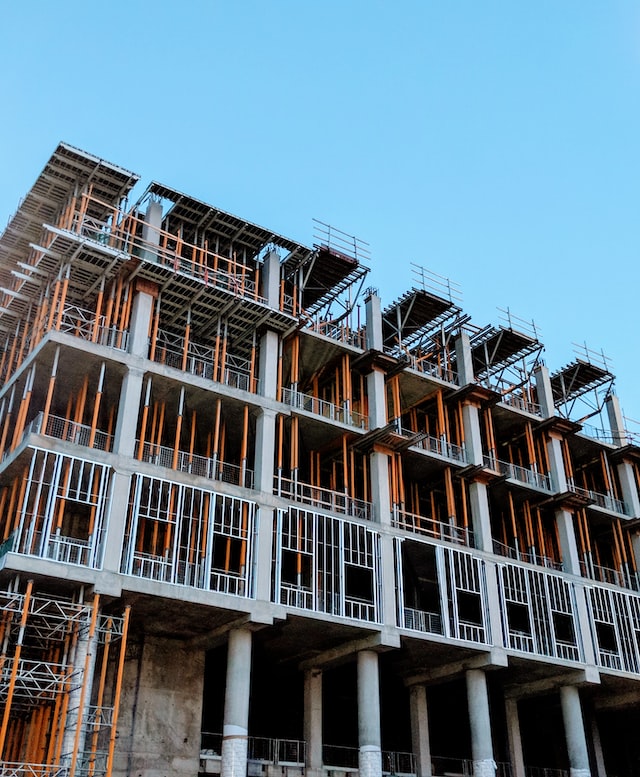Defect Liability Period (DLP) Survey

Find Your Expert Defect Inspector
The purpose of the defect liability period is to give the homeowner or buyer an opportunity to have any issues with the property addressed by the builder or developer for free. During this period, any defects found in the property are the responsibility of the builder or developer to repair or fix. A house inspection during the defect liability period is conducted by a building surveyor. The inspector will conduct a thorough examination of the property, checking various systems and components to ensure that they are functioning as intended and meet all quality standards. Some of the areas typically inspected include:
- Roof: The inspector will check the roof for any signs of leaks, damaged tiles or shingles, and other issues that may affect the structural integrity of the roof.
- Walls: The walls are checked for any cracks, settling, or other structural issues that may impact the stability of the building.
- Floors: The inspector will check the floors for any signs of settling, sagging, or other issues that may impact the stability of the building.
- Electrical and plumbing systems: The inspector will examine the electrical and plumbing systems to ensure that they are installed correctly, functioning properly, and meet all safety standards.
- Doors and windows: The inspector will check the doors and windows for proper operation, leaks, and other issues that may impact the energy efficiency of the property.
- Other areas: Other areas of the property, such as the basement, garage, and attic, will also be inspected for any defects or issues that may affect the overall quality of the property.
Important DLP Inspection and Survey

Protects homeowner’s rights
The defect liability period is a specific time frame in which the builder or contractor is responsible for correcting any defects. A home inspection during this period can help to protect the homeowner’s rights and ensure that any issues are addressed by the developer or contractor, rather than the homeowner being left to pay for repairs.
Early identification of defects
A professional home inspector will help to identify and address any defects or issues with a newly built property before the end of the warranty period. The purpose of the defect liability period is to give the homeowner or buyer an opportunity to have any issues fixed by the builder or developer, typically at no cost to the homeowner.
Increased comfort and safety
Home inspectors will check for potential safety hazards and make sure the property is up to code, ensuring that the homeowner and their family can live in a comfortable and safe environment.
Peace of mind
Home inspection during the defect liability period can give the homeowner peace of mind, knowing that they have taken the necessary steps to ensure the longevity and stability of their investment.
Improved property value
Addressing any defects or issues with the property during the defect liability period can help to improve its overall value, making it a more attractive and valuable asset.
Act Enforcement Dilapidation Survey
There are several acts in Malaysia that are related to dilapidation surveys and the construction industry in general. Some of the key acts and regulations include:
- The Building and Common Property (Maintenance and Management) Act 2007:This act sets out the responsibilities of building owners, management corporations, and strata-titled property management committees in relation to the maintenance and management of common property in strata-titled developments.
- The Construction Industry Payment and Adjudication Act 2012 (CIPAA):This act provides a mechanism for the resolution of payment disputes in the construction industry, including disputes related to dilapidation surveys.
- The Occupational Safety and Health Act 1994 (OSHA):This act sets out the responsibilities of employers and employees in relation to health and safety in the workplace, including on construction sites.
- The Local Government Act 1976:This act sets out the responsibilities of local government in relation to the control and regulation of building works and the management of public spaces.
- The Housing Development (Control and Licensing) Act 1966:This act regulates the development of housing projects in Malaysia, including the requirement for building plans and specifications to be approved by the relevant authorities.
Important Of Dilapidation
- Independent Precautionary Measure
- A dilapidation survey describes the current state of the property and any existing structural damage, as well as areas that may be vulnerable to harm.
- The survey results are presented in the form of a final report that contains detailed images, video, and a written section.
- Protects against potential legal claims
- By conducting a dilapidation survey before construction work begins, property owners and contractors can protect themselves against potential legal claims for damage caused to neighbouring properties during the construction process.
- Understanding the Condition of Structure Prior To Construction
- The building owner can thoroughly examine the surrounding structures and ensure that all necessary precautions are taken to minimise movement, vibration, water overflow, loose site debris, or any potential modification to adjoining surfaces or features.
- Enhances safety
- A dilapidation survey can identify any potential safety hazards, such as structural defects or hazardous materials, which can be addressed before the construction work begins.
- Supports building conservation
- In the case of historic or culturally significant buildings, a dilapidation survey can provide important information about the condition of the building and help to ensure that the construction work is carried out in a way that preserves its heritage value.
